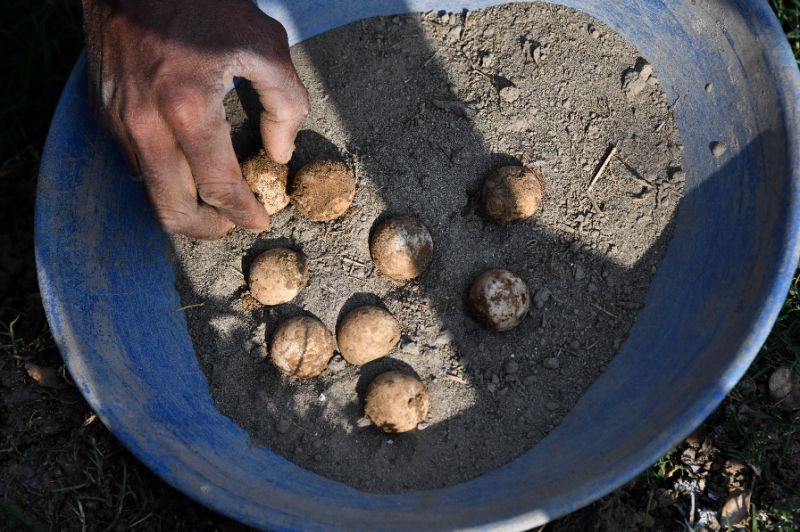What used to be a great looking turtle in the wild is now nowhere to be found after it has been declared extinct for 17 years, however, an Indian temple is doing all it could to help the creature make a comeback.
The black softshell turtle was declared extinct in the wild by the International Union for Conservation of Nature (IUCN) in 2002. Habitat loss and over-exploitation (they were a popular local food) are two of the main reasons why the animal’s population depleted tragically.

However, the pond at the Hayagriva Madhave temple in the Hajo pilgrimage centre in India has become a safe haven for a new set of the softshell turtles and other vulnerable turtle species.
“There are plenty of turtles in the temple pond,” Jayaditya Purkayastha, from conservation group Good Earth, told AFP. “The population of the turtle in Asaam has gone down by a great extent. So we thought we needed to intervene and do something to save the species from extinction.”
The temple has teamed up with other temple authorities to come up with a breeding program.
Good Earth welcomed 35 turtle hatchlings, including 16 black softshells that have been hand-reared at the temple, in January. Later on, they released them into a wildlife sanctuary.

The organization takes pride into Pranab Malakar, the caretaker of the temple pond and the key person who almost did all the work in keeping the turtles safe and healthy.
“I used to take care of them as I like them. Later, after I became associated with Good Earth, it became my responsibility,” Malakar told AFP. “No one harms them here as they are incarnations of Lord Vishnu (a Hindu deity). I was born and grew up here. We have been seeing the turtles since our childhood. People respect them.”

The project of caring for the turtles in temple ponds has been so successful that 18 other temple ponds in the area have also been used for the similar purposes. However, Purkayastha said there have been some challenges when it comes to taking care of the animals.
He said hundreds of daily visitors often throw bread and other types of food to the turtles.
“This has triggered some biological changes among the turtles in the pond. They have also lost their natural tendency of hunting for food,” Purkayastha said.
Related stories:
– DENR released critically endangered turtles in Boracay
– Endangered green sea turtles are making a comeback
– Rare and endangered turtles are at risk, after government redevelopment plans force them to relocate





